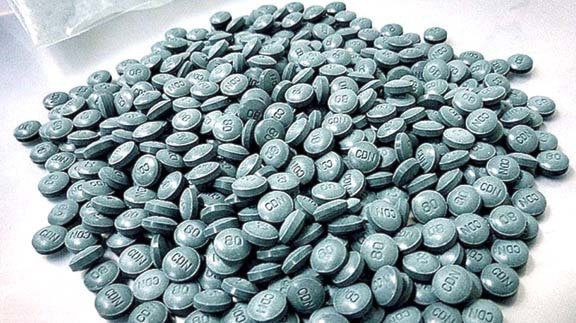There were more overdose deaths in Abbotsford in the first nine months of 2016 than there were all last year.
And the 2015 death rate was already several times the average for previous years.
The recently released September figures for the entire province show an opioid crisis, fuelled by the powerful and deadly fentanyl, with no significant signs of slowing.
Three people died from overdoses of illicit drugs in Abbotsford in September, bringing the year total to 26 and surpassing the 2015 total of 25.
In 2014, Abbotsford saw only seven overdose deaths all year and nine the year before that. The average annual deaths from 2007 to 2014 was fewer than eight.
Abbotsford has consistently been one of the worst municipalities in B.C., with only Vancouver, Surrey, Victoria and Kelowna seeing more victims fall this year.
Province-wide, another 59 B.C. residents died last month – up from 49 in August – bringing the total for the year so far to 555. That exceeds the 508 lives lost to overdoses in all of 2015.
Fentanyl continues to be detected in about 61 per cent of fatal drug overdoses, according to the latest statistics released by the B.C. Coroners Service.
The 302 cases in which fentanyl was detected is more than triple the number for the same nine months of 2015.
More overdose deaths occurred in the Fraser Health region – 195 so far in 2016 – than Vancouver Coastal (128), Vancouver Island (107) and the Interior (93).
The top cities were Vancouver (110), Surrey (71), Victoria (44), Kelowna (31), Abbotsford (26), Kamloops (25) and Maple Ridge (22).
A multi-prong response strategy has been underway since the province declared a public health emergency in April and created a dedicated task force in July.
Efforts include making naloxone much more widely available to reverse overdoses in progress.
The strategy also aims to block fentanyl production and distribution, increase harm-reduction options, foster greater public education and increase the number of addiction recovery beds.
– with files from Jeff Nagel
